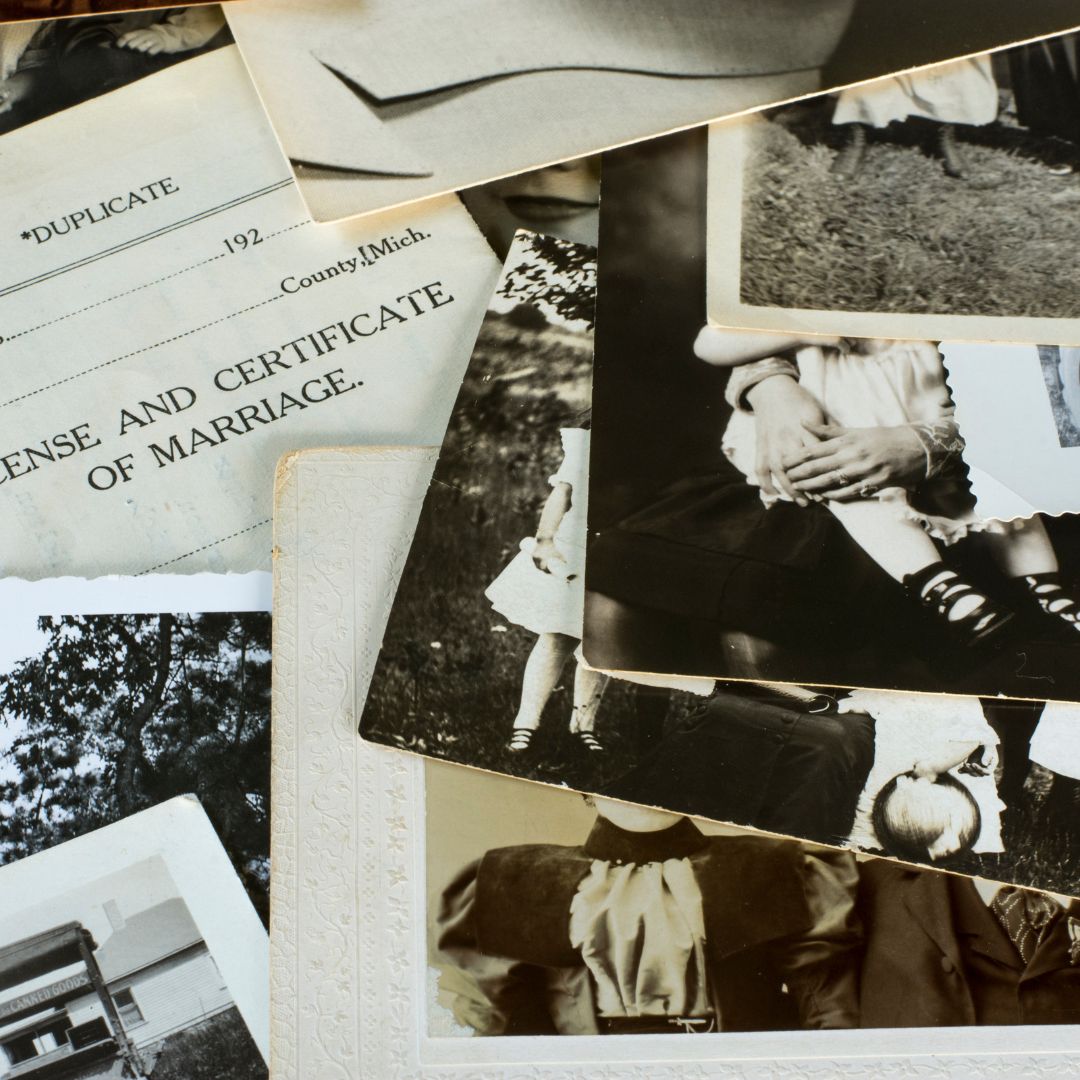Steps to Verify Online Genealogy Sources
When you buy genealogy records, it is important that you verify and authenticate them. So, use genealogy sites, trusted genealogy websites, genealogy professionals, and genealogy programs to provide you with the information that you need. Look at these steps down below to see what you should do to get the verification that you require.
Step 1: Identify Your Ancestor.
Navigating the vast expanse of online family tree records is akin to embarking on a treasure hunt. Your initial stop should be the census records, a comprehensive repository of information. Delving deeper, you’ll uncover a trove of sources like marriage records and wills. For those who owned various properties, a glance into land records may unveil their footsteps. Commencing your journey from the earliest verified ancestor’s records provides a sturdy foundation. As you progress, situations demanding verification of family ties may arise. In this context, the significance of people tracing services becomes apparent, with notable companies like Bond Rees at the forefront. These services can particularly be instrumental in verifying the identities of present-day relatives and strengthening the connections that bind ancestral lines. Likewise, these services can prove invaluable when seeking to authenticate oral histories or anecdotal legacies.
Step 2: Identify the Record’s Location.
Identify the country or archive where this record is found. Next, you will need to locate the actual record, especially if you have been doing this initially online. To find the actual record, you will have to research the publication and its location. Consider that not every publication will be published online, so you will have to take some steps to physically go to it.
Step 3: Identify the Record’s Owner.
The owner of these records is more than likely a family member who has had it passed down to them over the years, make sure that the person who holds it is the family member you are looking for and that they can authenticate the contents.
Step 4: Identify the Record’s Date.
Matching up the records date with other dates that you have gathered is important, you need to have backups to your dates. Look at the record’s source and identify the information and types of sources. If you cannot find any real genealogical information that matches with previous verified dates, you will need to keep looking.
Step 5: Write Down All the Information.
Any information that you find will need to be written down so you can keep a record of it for yourself to match with any other sources that you find. In some cases, you may have to photocopy pages, or print off the information, so you can compare other records that you come across in the hopes that they match up and you can build on your search.
Step 6: Try to Find the Records That Share the Same Pattern to Fit it Together.
When we review our online genealogy sources, we can evaluate their reliability and authenticity.
You must verify the records through primary sources (i.e., those records created by the original event). Historic newspapers can help because the articles are often short, and requirements tend to be specific. The Census is another great resource, though many of the records can only be viewed through ancestry.com. Other sources include marriage, death, immigration records, court and land records, probate records, and vital records. Once you have all these together, you can see the pattern within your tree and connect the dots to hopefully find the family you have been looking for.


